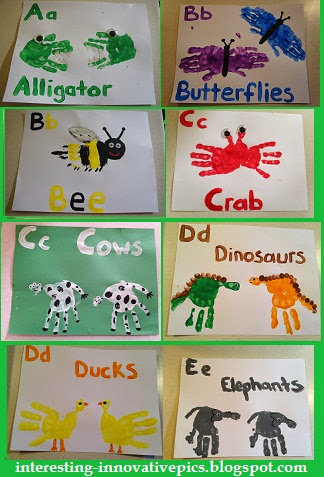Champions of Change: The Affect of the Arts on Learning. Workshop presenter Pleasure Guarino, Associate Professor of Dance at Buffalo State School, presenting Building Community with a Kinesthetic Classroom at the 2014 Arts Abilities Conference Young Audiences along side Arts Partners for Studying will host the 8thAnnual Patricia Cotsen Arts Skills Convention on October 29, 2015 on the Downtown Library in Buffalo, NY. The convention will carry together teachers, educating artists, cultural specialists, arts and cultural training program suppliers, and many more who’re innovating of their faculties and in the community.
Making music and using the humanities to construct math and different abilities, that is the theory here at the ReNEW Cultural Arts Academy, a public charter faculty in New Orleans, not long ago, one of many lowest performing colleges in Louisiana, a state rating near the bottom in the nation.
Studying within the area of visible art, in particular, is reliant on a complex system of perceptual, greater cognitive, and motor features, suggesting a shared neural substrate and powerful potential for cross-cognitive switch in learning and creativity.
This is not to say, after all, that the sciences, math, and engineering do not require or engender creativity—they completely do. However at the elementary and center faculty levels, much of the coursework in these subjects is based on recreating knowledge that’s already effectively established in those fields—studying foundations in order that sooner or later creativity can occur.
In psychological and educational analysis on creativity, we regularly discuss several types of Csâ€: Pro-C,†Big C,†Little-c,†and mini-c.†Professional-C†and Massive-C†are what we’re normally talking about once we use the phrase creativityâ€â€”advances within the arts, engineering, or sciences with innovation and usefulness on the forefront.